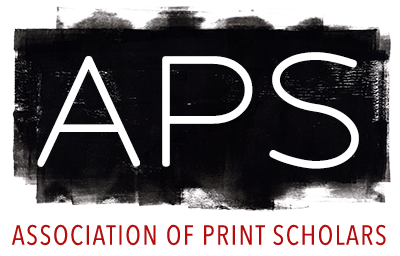Book or Exhibition Catalog
Posted: 02/26/2022
Marie Cool Fabio Balducci
Laurence Schmidlin, Adam Szymczyk, Cornelia H. Butler, Pierre Bal-Blanc.
Marie Cool Fabio Balducci.
Lausanne/Genève:
Musée cantonal des Beaux-Arts/JRP Editions,
2022.
The first reference monograph on Marie Cool Fabio Balducci, this publication edited by Laurence Schmidlin offers a thorough overview of their singular practice and critical work. For 25 years they have been developing—under a double name voluntarily without conjunction—an unclassifiable body of work between sculpture and live practice based on short, often repetitive actions carried out at first only by Marie Cool, but later also by others in confined spaces (studio, exhibition space) using common objects from standard work environments (sheets of A4 paper, adhesive tape, pencils, office tables) and natural elements such as water or sunlight. Carried out in silence, these actions take the form of simple gestures and short interventions: moving pencils at a regular rhythm, holding two A4 sheets of paper against each other, pouring a bottle of water on a desk, or following the sun reflected by a glass. The themes of ownership, precariousness, and the subjection of the body to the material world underlie their rigorous and modest work. Their practice has recently taken on an installative dimension in relation to the exhibition space, thus offering the audience a space for exchange and reflection in relation to the stakes of today’s society and the experience we make of it.
Relevant research areas: Western Europe, Contemporary
